30.06.2021

SpaceX Falcon 9 booster fleet assembles for West Coast Starlink launches

For the second time in a month, SpaceX has shipped a heavily flown Falcon 9 booster from Cape Canaveral, Florida to its West Coast launch facilities.
Falcon 9 booster B1051’s June 24th arrival at Vandenberg Air/Space Force Base (VAFB) is perhaps the best sign yet that SpaceX means to almost immediately reach – and sustain – an orbital launch cadence not seen on the West Coast in decades. Just four weeks prior to B1051’s second appearance at the California launch range, B1049 became the first Falcon 9 booster to arrive at Vandenberg in more than half a year.
B1051’s arrival means that SpaceX now has two Falcon 9 boosters on hand to support dedicated polar Starlink launches out of Vandenberg – launches that could begin as early as next month. First teased by SpaceX President and COO Gwynne Shotwell in April, preparations for that July launch target have been well underway for months. Several major pieces have fallen into place in rapid succession at the same time.
A few weeks after Shotwell’s comments, SpaceX signed a lease for new dock space and rocket processing facilities and moved its years-old West Coast recovery operations from Port of Los Angeles to adjacent Port of Long Beach facilities soon after. Around May 27th, Falcon 9 booster B1049 was trucked into VAFB.
On June 10th, drone ship Of Course I Still Love You (OCISLY) began a more than 5000-mile (~8000 km) journey from Port Canaveral, Florida to Port of Long Beach, California, where it would eventually recover boosters hundreds of miles downrange after dedicated polar Starlink launches. After waiting for several days in a nearby harbor, the massive SpaceX recovery platform was carried through the Panama Canal on the back of an even larger transport ship on June 25th and is now en route to California – ETA: July 6th.
Once OCISLY arrives, the only real uncertainties left will be readying the drone ship for recovery operations after a long journey and ensuring that SpaceX’s VAFB SLC-4E launch pad is ready to go after six months of inactivity. That leaves Falcon 9 second stage, payload fairing, and satellite testing, delivery, and integration – a routine process for SpaceX after 30 successful Starlink launches.
With both Falcon 9 boosters B1049 and B1051 at hand, SpaceX will feasibly be able to push SLC-4E to its design limits with monthly Starlink launches. Having respectively achieved record turnarounds of 61 and 38 days between flights, SpaceX’s West Coast Starlink launch campaign is unlikely to suffer from a lack of booster availability anytime soon.
SpaceX is about to begin launching the next series of Starlink satellites
After going through the month of July with no launches, SpaceX is scheduled to resume missions in August with Falcon 9 rocket flights from California and Florida to begin deploying Starlink internet satellites into new orbits.
SpaceX is gearing up for at least two Starlink launches next month, beginning with a Falcon 9 mission departing from Vandenberg Space Force Base, California, no earlier than Aug. 10, multiple sources said. Another Falcon 9 launch is scheduled to carry a batch of Starlink satellites into orbit in mid-August.
They will be the first SpaceX launches since June 30, an unusually long gap in the company’s jam-packed launch schedule. SpaceX launched 20 Falcon 9 missions in the first half of the year, mostly for the company’s own Starlink program.
The most recent Falcon 9 mission to carry a full load of Starlink satellites occurred May 26.
Since then, SpaceX has activated hundreds of internet spacecraft delivered to orbit on previous Falcon 9 missions, raising the number of operational Starlink craft from roughly 950 satellites to more than 1,300, according to an analysis by Jonathan McDowell, an astronomer at the Harvard-Smithsonian Center for Astrophysics and a widely-respected tracker of spaceflight activity.
More than 200 additional Starlink satellites are drifting into their operational positions in orbit 341 miles (550 kilometers) above Earth at an inclination of 53 degrees to the equator.
SpaceX has regulatory approval from the Federal Communications Commission to eventually launch and operate up to 12,000 internet relay satellites. The early phases of SpaceX’s Starlink network involves the launch of 4,408 satellites into five orbital shells, or layers, in low Earth orbit.
SpaceX has launched 1,740 Starlink satellites to date, including prototypes already retired, more than all other commercial satellite fleets combined. Most of the satellites have launched into a 53-degree inclination orbit, the first of five orbital “shells” the company plans to complete full deployment of the Starlink network.
With that shell on the verge of having more than 1,500 active satellites, SpaceX is transitioning to a new phase of the Starlink program.
The completion of the first Starlink “shell” will enable the network to provide high-speed, low-latency internet services to lower latitudes, such as the southern United States. The partial deployment of satellites into the first orbital shell initially provided service over northern regions of the United States, Canada, and Europe, as well as higher-latitude regions in the southern hemisphere.
SpaceX, founded and led by billionaire Elon Musk, is currently providing interim internet services through the Starlink satellites to consumers who have signed up for a beta testing program in the United States, Canada, the United Kingdom, Germany, New Zealand, France, Austria, Belgium, and the Netherlands.
SpaceX’s other Starlink layers will include 1,584 satellites at 335 miles (540 kilometers) and an inclination of 53.2 degrees, 720 satellites at 354 miles (570 kilometers) and an inclination of 70 degrees, and 520 satellites spread into two shells at 348 miles (560 kilometers) and an inclination of 97.6 degrees.
The Starlink mission set for liftoff from Vandenberg next month, designated “Starlink 2-1,” will begin populating a new orbital shell.

A SpaceX application with the FCC associated with launch vehicle telemetry links for the Starlink launch from Vandenberg suggests the company’s booster landing platform, or drone ship, will be positioned in the Pacific Ocean off the coast of Baja California. The drone ship position indicates the launch will target an orbit with an inclination of 70 degrees.
A similar FCC application for a Starlink launch next month from Cape Canaveral shows a SpaceX drone ship will be parked in the Atlantic Ocean in line with a rocket trajectory heading for an inclination of 53.2 degrees.
SpaceX recently moved one of its drone ships, named “Of Course I Still Love You,” from Florida to California to prep for the upcoming Starlink missions from Vandenberg. Weeks later, a new drone ship named “A Shortfall of Gravitas” arrived at Port Canaveral to be stationed there alongside the drone ship “Just Read the Instructions.”
More Starlink missions will follow the launches in mid-August. SpaceX is expected to launch an average of one Starlink mission per month from Vandenberg over the next year, and there will be a regular cadence of Starlink flights from Cape Canaveral, too.
SpaceX has not disclosed what, if any, design changes it plans to introduce on the next series of Starlink satellites, which the company builds on an assembly line at a development facility in Redmond, Washington. A fully loaded Falcon 9 rocket could carry 60 of the quarter-ton first generation of Starlink satellites into orbit on each mission, but it’s not clear whether that number could change on future flights.
In January, Musk said SpaceX would introduce laser intersatellite links to all Starlink spacecraft beginning in 2022. Starlink satellites heading into polar orbit this year would have the upgrade, he tweeted.
SpaceX launched 10 Starlink satellites into a 97.6-degree polar orbit on a rideshare mission in January. Another three Starlink payloads launched into a similar orbit last month on a subsequent rideshare flight.
Those satellites featured laser intersatellite links, which allow spacecraft to pass data and internet traffic between each other without routing it through a ground station. The upgrade will allow SpaceX to provide internet connectivity near the poles and in other regions without ground stations.
Quelle: SN
----
Update: 5.09.2021
.
SpaceX fires up Falcon 9 rocket for first California Starlink launch
SpaceX says it has successfully static fired the Falcon 9 rocket scheduled to support its first California launch in ten months and first dedicated West Coast Starlink mission ever.
Falcon 9 last used SpaceX’s Vandenberg Air/Space Force Base (VAFB) SLC-4 facilities in November 2020 when it successfully launched NASA and the European Space Agency’s Sentinel 6A Earth observation satellite – itself the company’s first West Coast launch in 16 months. Somewhat confusingly known as Starlink 2-1, SpaceX’s next West Coast launch is again set to end a significant hiatus – around ten months this time around.
However, barring surprises, Starlink 2-1 is also expected to mark the start of a new golden age for West Coast SpaceX launches.
Given that SpaceX has effectively ended the practice of static firing flight-proven Falcon 9 boosters before launch and the fact that both of the boosters (B1049 and B1051) believed to have been sent to Vandenberg are the most-flown vehicles in SpaceX’s fleet, it’s likely that today’s static fire was primarily a shakedown of its SLC-4E launch pad. Having just been inactive for the better part of a year, it’s likely that large portions of the pad were temporarily deactivated or mothballed, thus requiring a good amount of work to ready the facilities for another launch.
The successful static fire – likely featuring nine-flight booster B1049 – confirms that that work was satisfactory and that SLC-4E is now ready to support its first launch. According to SpaceX, though, the company “will announce a target date closer to” Starlink 2-1’s launch, implying that it could still be a week or more away. According to SpaceX CEO Elon Musk, all future Starlink launches will feature satellites with the company’s custom-built laser interlinks – a component that has seemingly taken a few more months than expected to finalize and mass-produce.
SpaceX originally intended to kick off polar Starlink launches out of Vandenberg and Cape Canaveral, Florida as early as July or August. As of now, Starlink 2-1 is tracking closer to a mid-September launch with a Falcon 9 booster landing several hundred kilometers downrange on drone ship Of Course I Still Love You (OCISLY), which returned to Port of Long Beach just a few days ago after a mysterious trip to a Mexican dry dock.
Once those laser interlinks are ready for flight, though, SpaceX is expected to more or less return to its H1 2021 stride with polar Starlink launches every 1-2 weeks for the rest of the year. Liquid oxygen shortages caused by the United States’ inept handling of the coronavirus pandemic and a recent resurgence of cases and hospitalizations could throttle SpaceX’s ambitions somewhat, but it’s difficult to say how LOx and semi-related semiconductor chip shortages will actually affect cadence until the company starts regularly launching again.
Quelle: TESLARATI
----
Update: 14.09.2021
.
SpaceX’s 29th Starlink v1.0 mission and 30th Starlink launch
After a multi-month “pause” in Starlink launches, SpaceX has delivered its first 51-strong batch of these low-orbiting internet communications satellites to orbit from Vandenberg Space Force Base, Calif. Liftoff of the veteran B1049 core—making a record-tying tenth flight for a Falcon 9 booster, after nine prior missions between September 2018 and last May—took place from Space Launch Complex (SLC)-4E at 8:55 p.m. PDT Monday. Approximately 15 minutes later, the satellites were deployed on their way to a high-inclination orbit of 70 degrees to the equator. They form the inaugural members of a new Starlink orbital “shell” which will expand internet coverage as far as Alaska and Northern Europe.
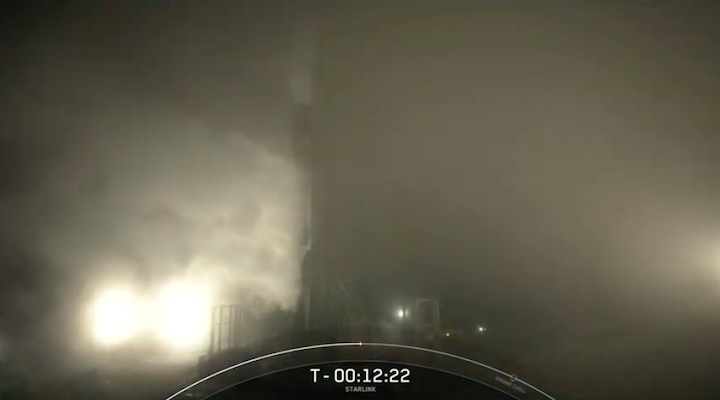
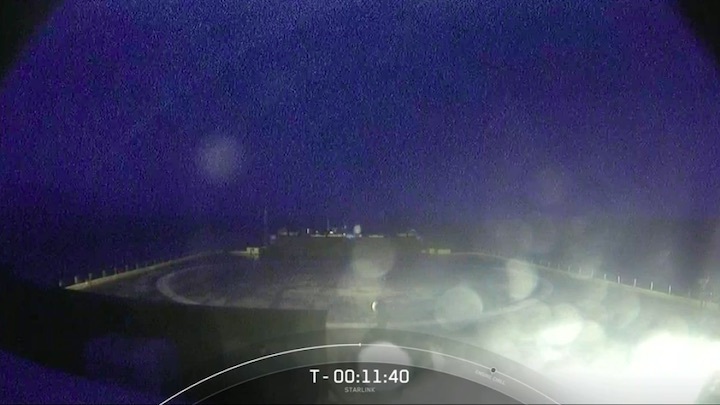
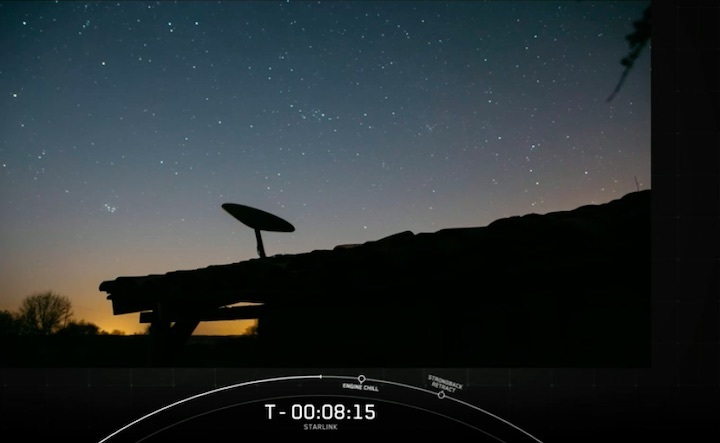
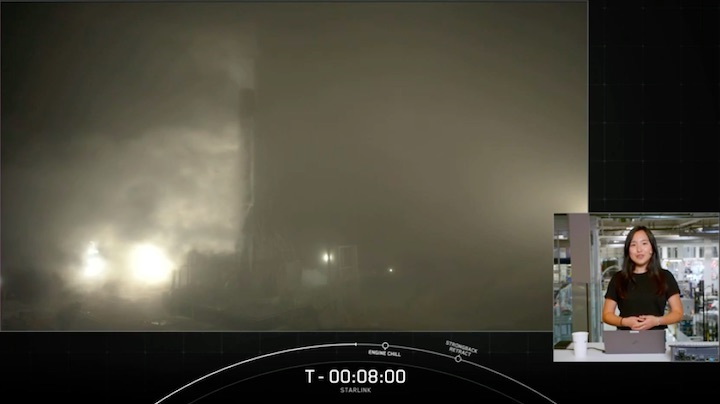
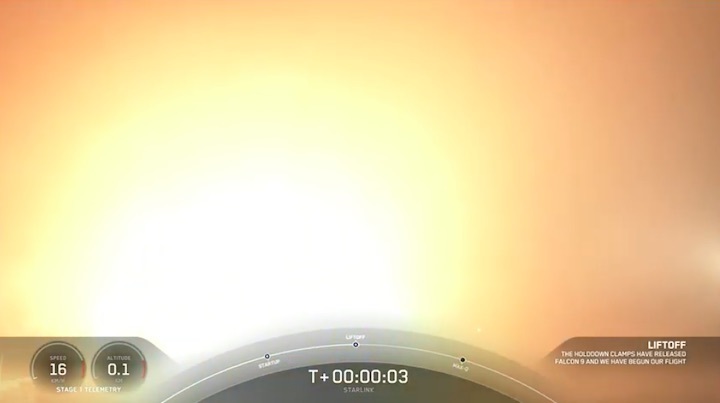
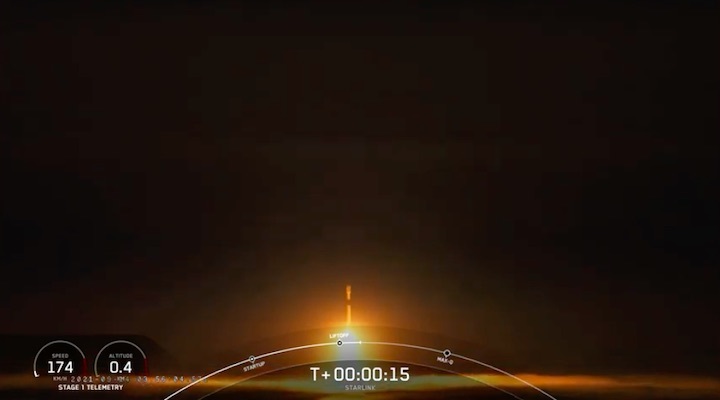
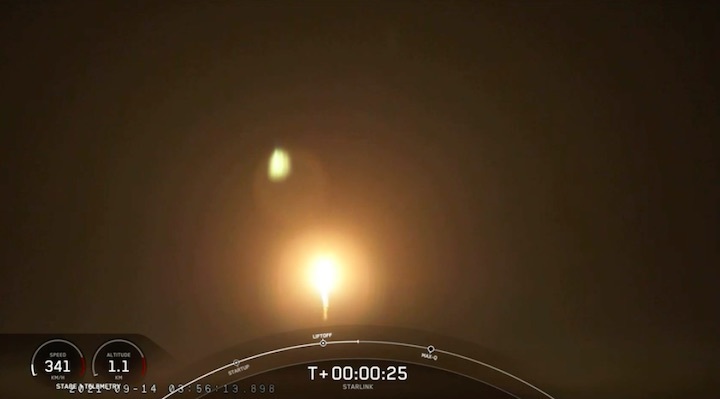
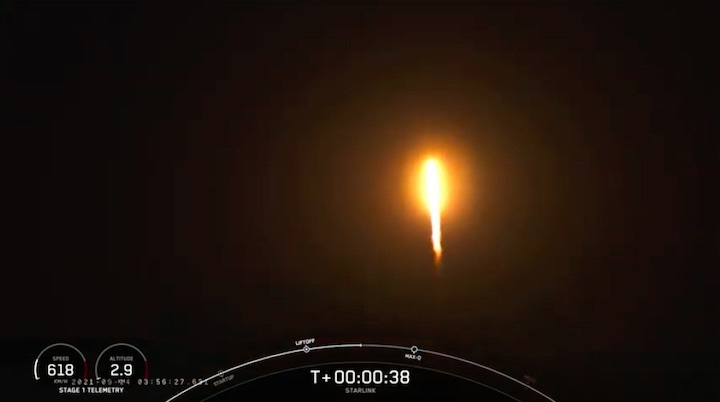
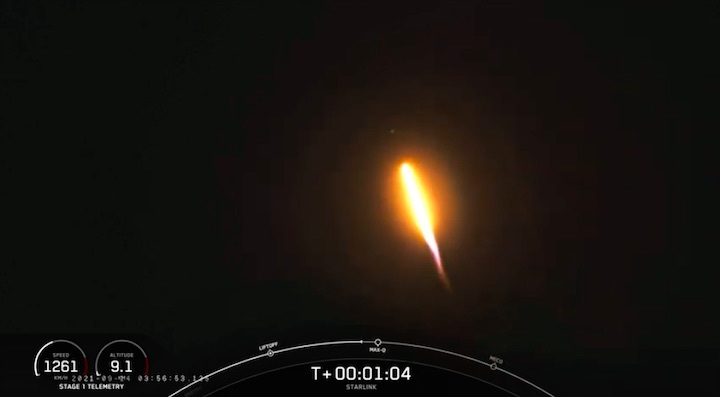
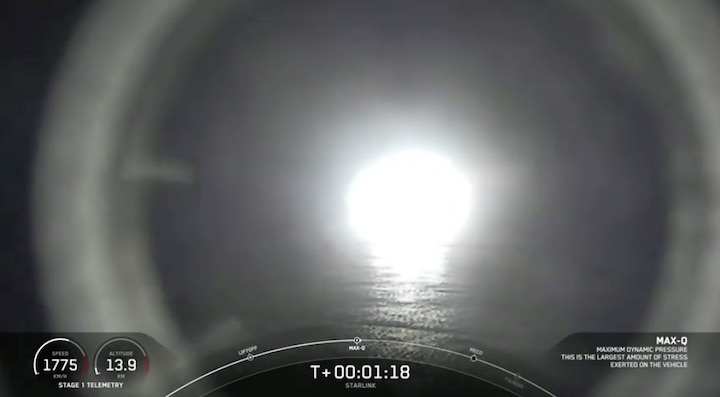
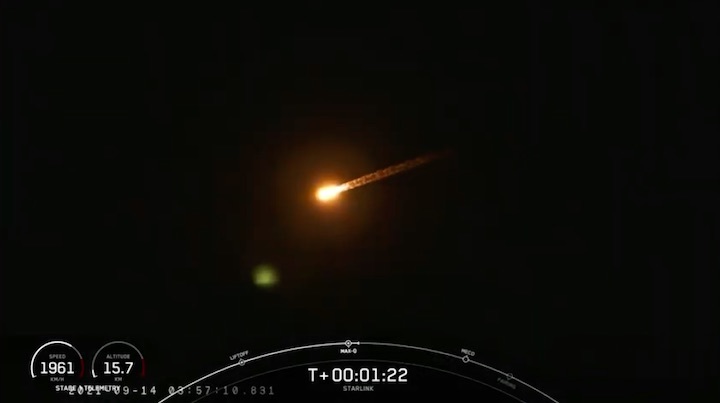
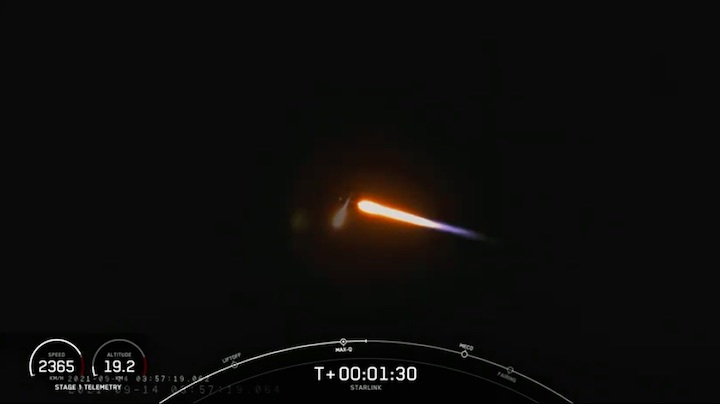
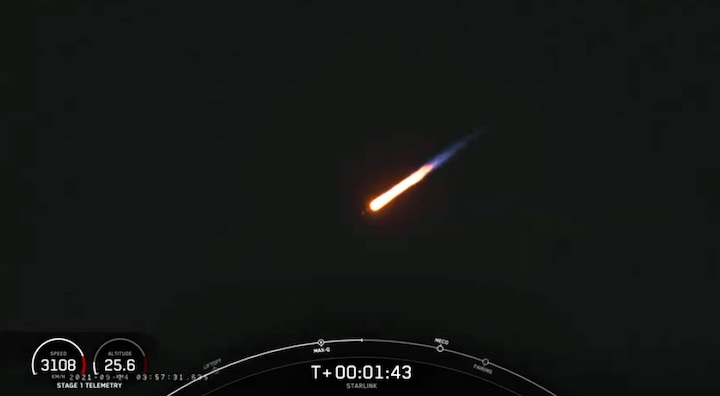
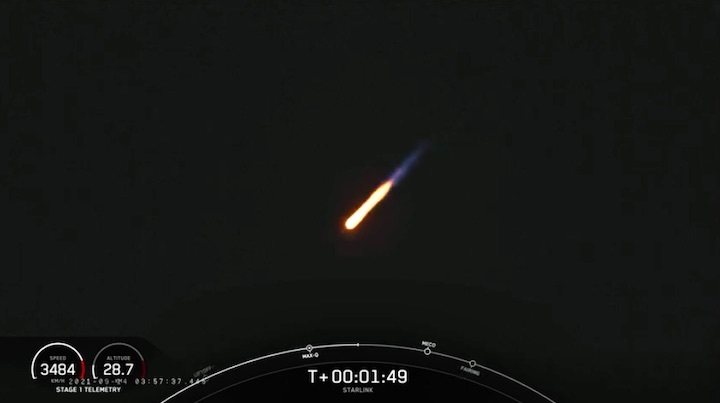

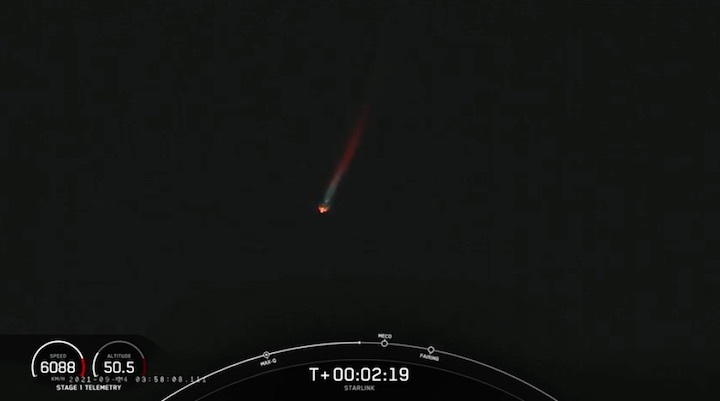
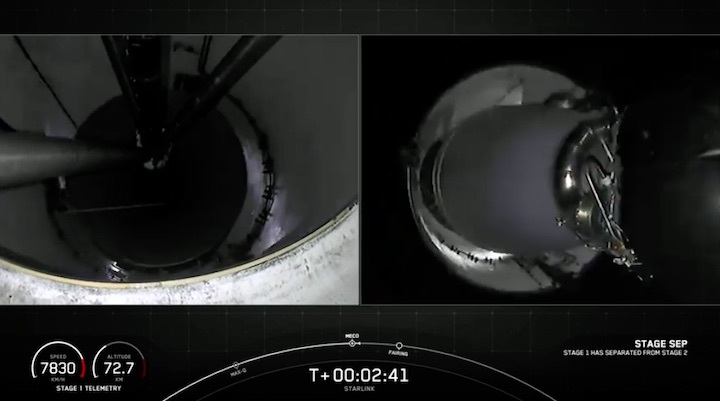
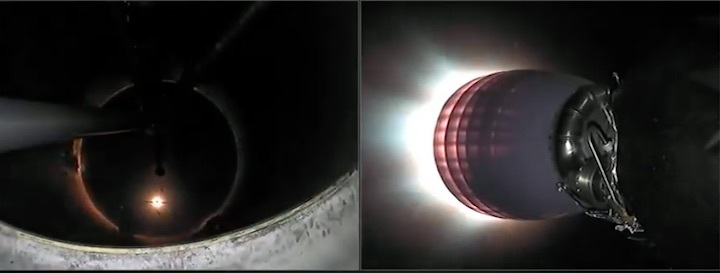

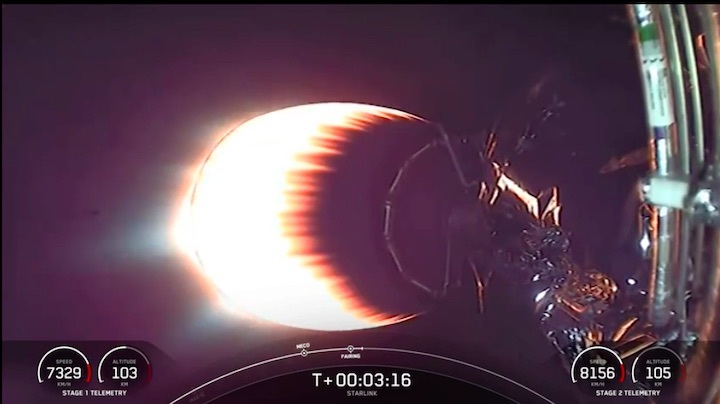

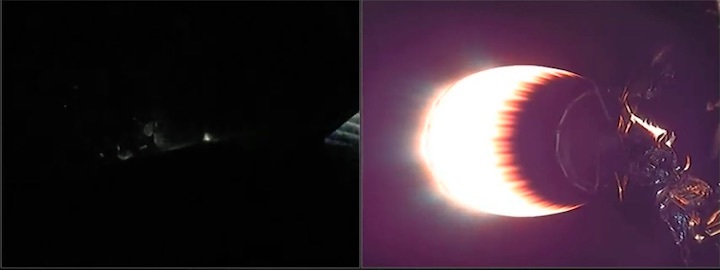
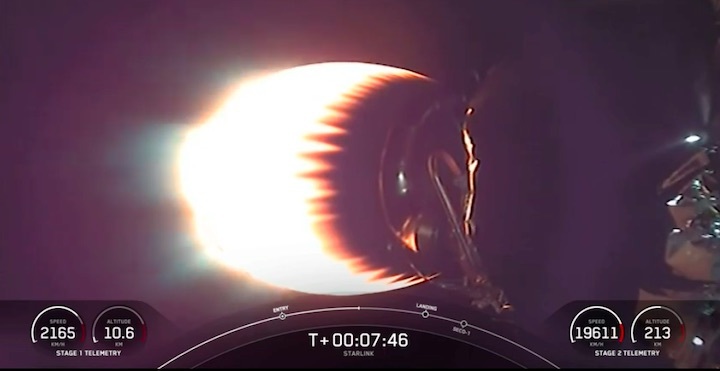

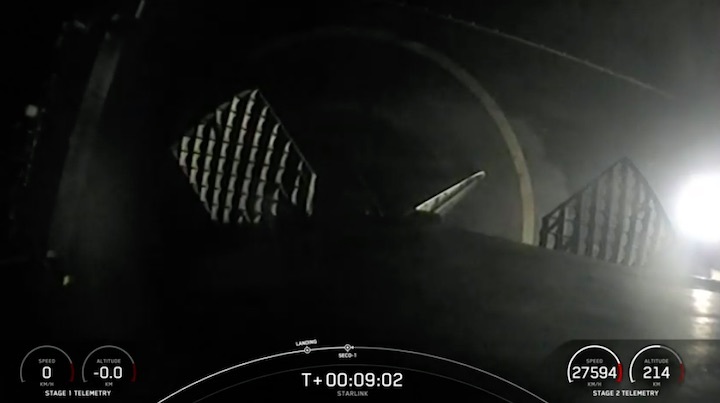

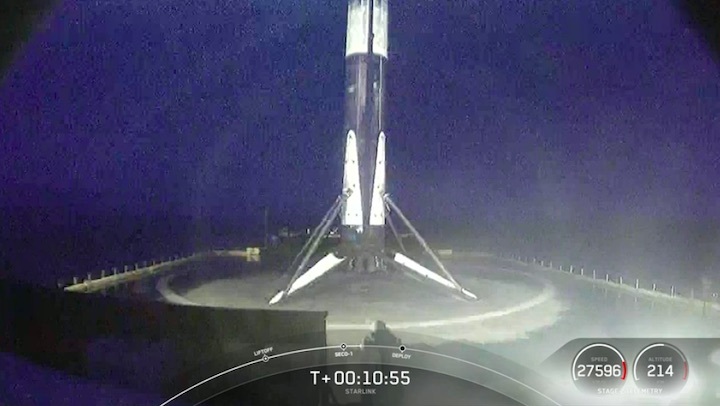
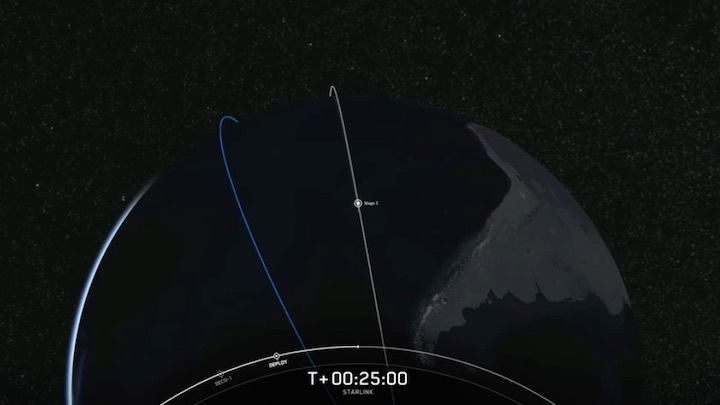
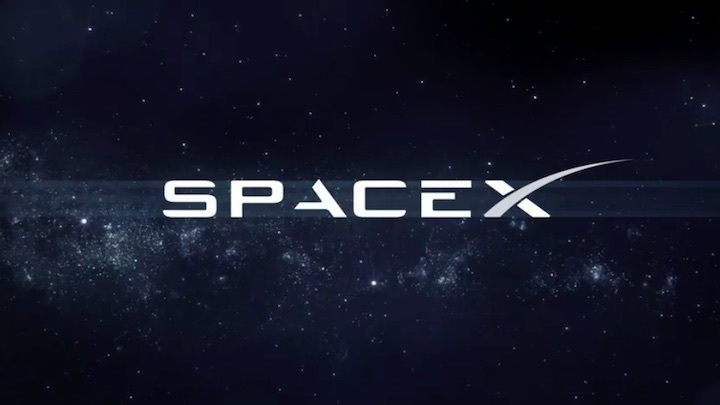
Quelle: SpaceX
+++
SpaceX launches first dedicated polar Starlink mission
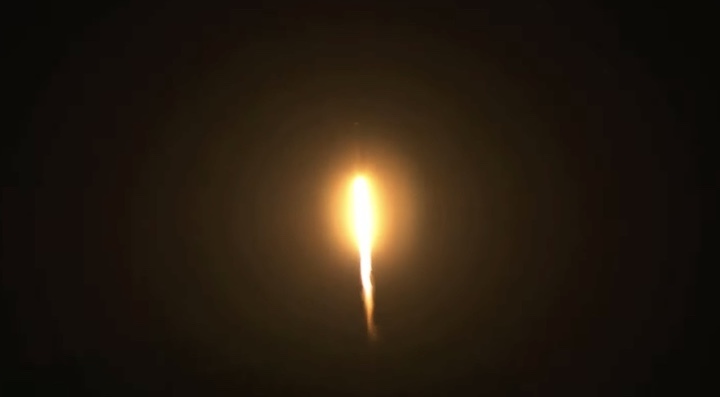
WASHINGTON — SpaceX launched its first dedicated polar Starlink mission Sept. 13 as the company moves into the next phase of deployment of its broadband satellite constellation.
A Falcon 9 lifted off from Space Launch Complex 4E at Vandenberg Space Force Base in California at 11:55 p.m. Eastern. The rocket’s payload of 51 Starlink satellites deployed 15 and a half minutes after launch, although it took an additional 11 minutes to confirm the satellites separated as expected.
The rocket’s first stage, making its tenth flight, landed on a droneship in the Pacific Ocean nearly nine minutes after liftoff. The booster, the second to have reached the ten-flight milestone, had previously launched seven other Starlink missions as well as the Telstar 18 Vantage and Iridium-8 missions.
The launch was the first dedicated Starlink launch since May 26, although three Starlink satellites were included on the Transporter-2 rideshare mission that launched June 30. The launch was also the first dedicated launch of Starlink satellites to polar orbit.
SpaceX blamed the long gap in Starlink launches on delays in completing a new series of satellites that include laser inter-satellite links. Those links will minimize the number of ground stations the network needs to provide service in the polar regions and over the oceans.
At a panel session during the 36th Space Symposium Aug. 24, Gwynne Shotwell, president and chief operating officer of SpaceX, said delays in equipping those satellites with crosslinks was “why we have been struggling” to perform a Starlink launch. She estimated then that the next launch would be “roughly three weeks,” which proved accurate.
Shotwell said that all future Starlink satellites with have laser intersatellite links, a point the company confirmed on the launch webcast. SpaceX also confirmed it’s working on a new version of the Starlink user terminal that will be cheaper and faster for the company to produce.
Previous Starlink missions to mid-inclination orbits carried 60 satellites, while this mission carried 51. SpaceX didn’t explain if the reduced number of satellites was because of the higher inclination of the mission, increased size or mass of the satellites because of their new crosslinks, or some combination of those factors.
This launch was the first of two scheduled this week by SpaceX. Another Falcon 9 will launch a Crew Dragon spacecraft on the Inspiration4 private crewed mission, with four people on board. That launch is scheduled for a five-hour window that opens Sept. 15 at 8:02 p.m. Eastern from Kennedy Space Center in Florida.
Quelle: SN
